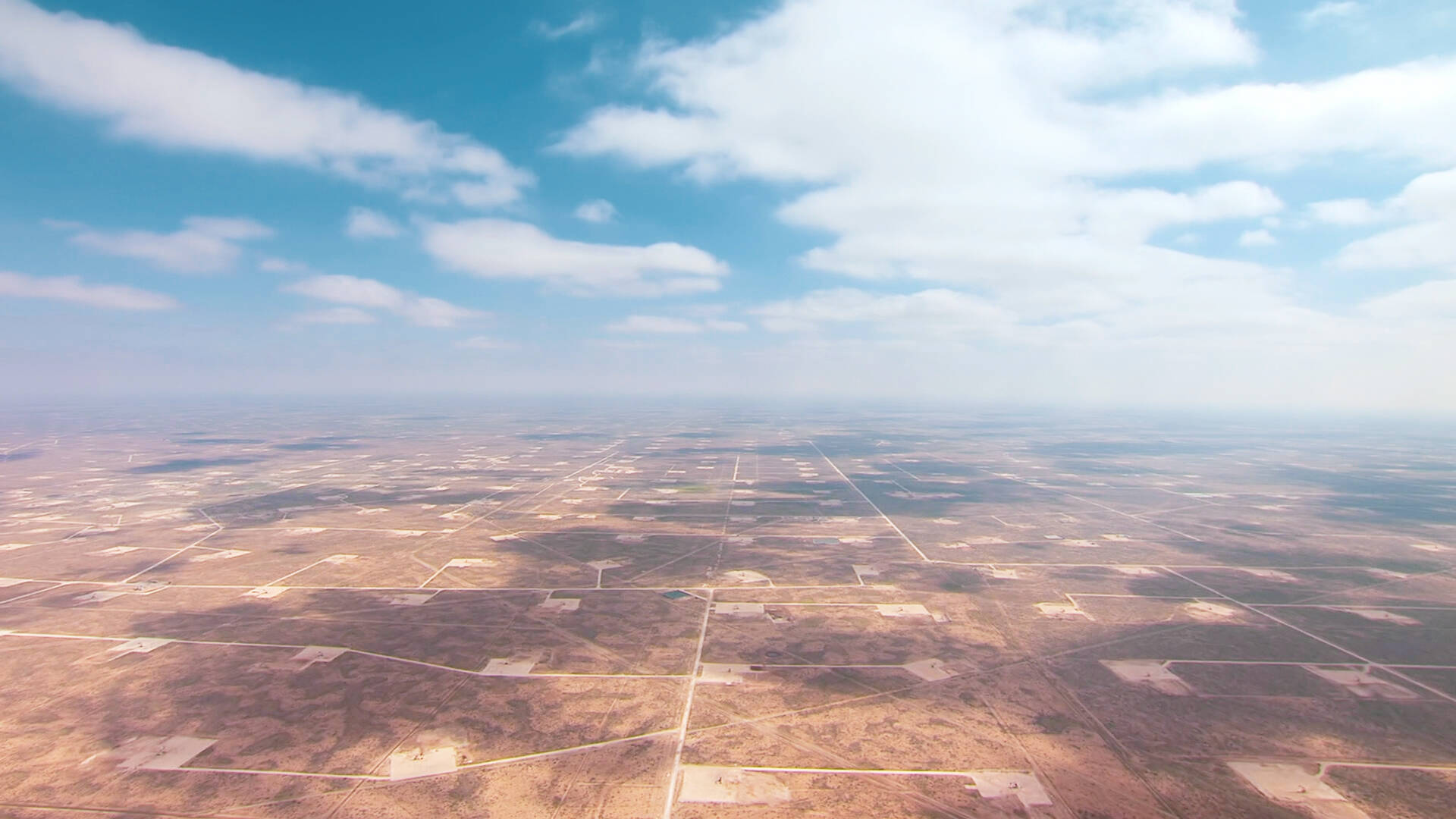selected item
Detection technology
A technology-driven approach to reducing methane emissions
Technology solutions are essential to the global effort to address climate change, including methane emissions, and key enablers in our roadmap to net zero (Scope 1 and 2) in the Permian Basin by 2030. Our scientists and engineers are collaborating with industry partners and academia to develop, test and deploy cutting-edge technologies that can quickly detect methane emissions for potential application across the energy industry. Learn more about the technologies that can have a profound impact on detecting and reducing methane emissions, from ground-based sensors and aerial flyovers to satellites in outer space.

-
From space
By partnering with Scepter, we’re working to advance the scientific understanding of satellite-based methane detection, and develop technology to greatly improve global methane detection and quantification. Through other collaborations with Stanford University and the Collaboratory for Advancing Methane Science, we’re progressing field and desktop studies to better understand capabilities of current deployed satellite technology . -
In the air
Using airplanes and helicopters, we're trialing airborne technologies fitted with methane sensors to detect and quantify emissions. We are beginning to integrate information we collect from these flyovers with data from ground-based sensors in the field that are remotely monitored 24/7 from Houston, Texas. -
On the ground
We have begun continuous monitoring of methane emissions at a growing number of sites where we are installing next generation detection technologies, including ground-based mobile and fixed-position sensors. These sensors are being monitored 24/7 by our Center for Operations & Methane Emissions Tracking in Houston, Texas.
Learn more
Additional resources







%2b4830%2bx%2b2716.jpg)
.jpg)